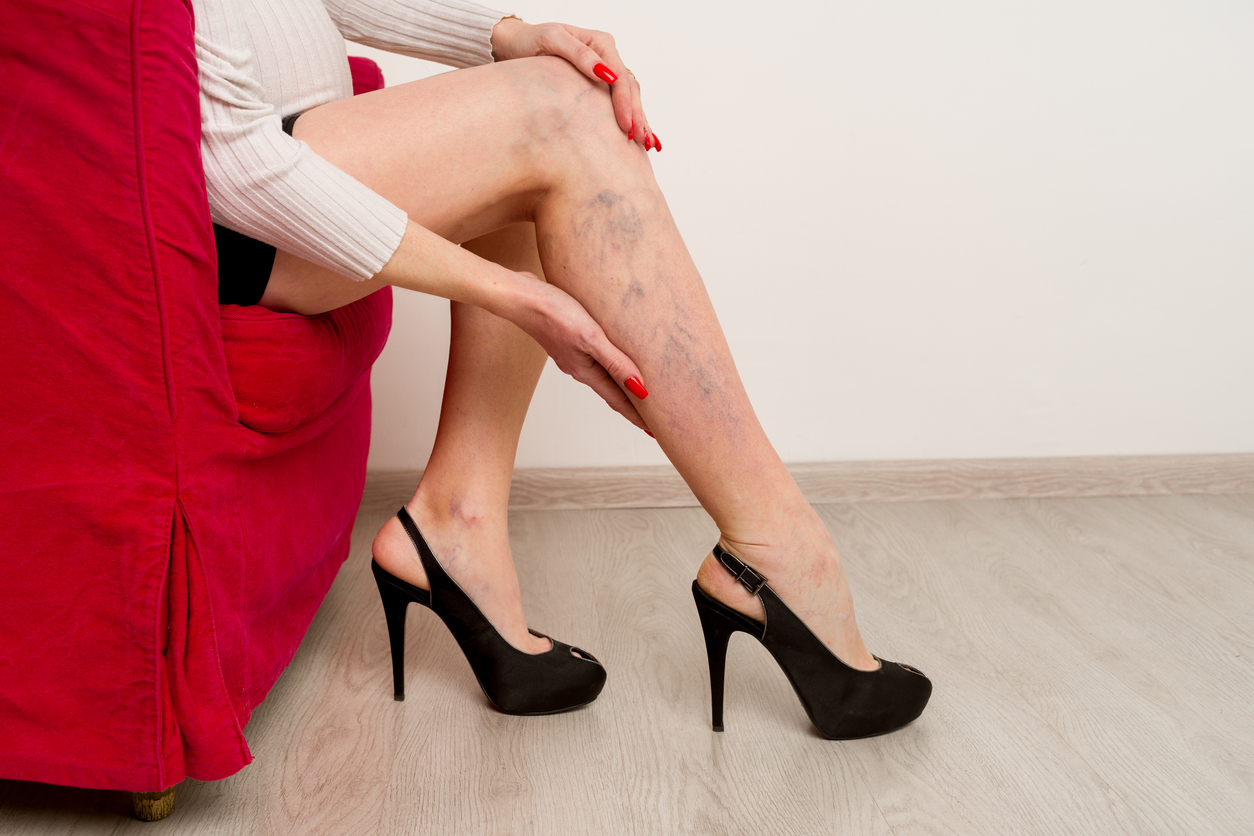Sclerotherapy, a minimally invasive procedure used to treat varicose and spider veins, has undergone significant advancements in recent years. As technology continues to evolve, so do the techniques and approaches in this field.
For patients considering sclerotherapy, it's essential to stay informed about the latest trends to make well-informed decisions about their treatment options. In this post, we'll delve into the emerging trends in sclerotherapy and what patients should know before undergoing the procedure.
Advanced Sclerosants:
Traditional sclerosants like saline and hypertonic saline have and continue to be the mainstay of sclerotherapy for decades. However, emerging trends involve the use of advanced sclerosants such as polidocanol, sodium tetradecyl sulfate (STS), and glycerin. These newer agents can offer improved efficacy, reduced side effects, and enhanced patient comfort.
Foam Sclerotherapy:
Foam sclerotherapy is gaining popularity as an alternative to traditional liquid sclerosants. By creating a foam mixture of the sclerosant and air or carbon dioxide, physicians can achieve better dispersion within the vein, leading to improved efficacy, particularly in larger varicose veins. Foam sclerotherapy also allows for the treatment of multiple veins in a single session, reducing the number of treatment sessions required.
Ultrasound-Guided Sclerotherapy (UGS):
Ultrasound technology has revolutionized sclerotherapy by enabling precise visualization of the venous anatomy. With ultrasound-guided sclerotherapy (UGS), physicians can accurately target and treat underlying diseased veins that are not visible on the skin's surface. This approach improves treatment outcomes and reduces the risk of complications, making it particularly beneficial for patients with complex venous issues.
Microfoam Sclerotherapy:
Microfoam sclerotherapy involves the use of a highly concentrated foam, which allows for targeted treatment of even the smallest spider veins. This technique is ideal for patients seeking cosmetic improvement, as it effectively eliminates unsightly spider veins with minimal discomfort and downtime. Also known as, Varithena, microfoam sclerotherapy offers precise control over the injection process, resulting in superior cosmetic outcomes.
Combined Therapies:
In some cases, combining sclerotherapy with other vein treatments such as endovenous laser ablation (EVLA) or radiofrequency ablation (RFA) may yield better results, particularly for larger varicose veins or complex venous insufficiency. This comprehensive approach addresses both the superficial and underlying venous issues, ensuring optimal outcomes for patients
Focus on Patient Experience:
As patient-centered care becomes increasingly important in healthcare, providers like those at the Vein Institute of NJ, are placing a greater emphasis on enhancing the patient experience during sclerotherapy procedures. This includes minimizing discomfort through the use of topical anesthesia, optimizing treatment protocols to reduce downtime, and providing thorough pre- and post-procedure instructions to promote successful outcomes.
As sclerotherapy continues to evolve, patients have access to advanced techniques and technologies that offer improved efficacy, safety, and patient satisfaction. By staying informed about the emerging trends in sclerotherapy, individuals can make educated decisions about their treatment options in order to achieve optimal outcomes. This is a core value for us at the Vein Institute of NJ because we believe an informed patient is a happier patient.
Whether seeking relief from discomfort or cosmetic improvement, sclerotherapy remains a versatile and effective solution for varicose and spider veins.








.jpg?width=944&name=Castle-Connolly-Top-Doctors-Emblem-Large%20(4).jpg)